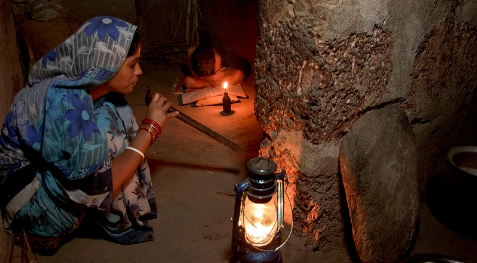Migration Virtual Hub - India

India is located in South Asia between the Arabian Sea and the Bay of Bengal, and it shares borders with Pakistan, China, Nepal, Bangladesh, and Myanmar. It is the world’s largest and fastest-growing democracy and the second most populous country with a population of 1.21 billion. India is a highly diverse, multilingual, and multiethnic society. Forty-one percent of Indians speak Hindi, while 14 other official languages are spoken throughout the country. Hinduism is the most widely practiced religion at 80 percent, while Muslims constitute just over 13 percent, and Christians and Sikhs 2 percent each. India is a lower-middle-income country and ranks medium on the UNDP’s latest Human Development Index. Gross national Income was placed at 1,410 US dollars per capita in 2011, and 41 percent of the population lives below the international poverty line.
Country Context
Key Gender and Human Rights Issues
Key Stakeholders
Ratification Records and Compliance with CEDAW
- Discrimination
- Policy Measures
- Trafficking and Forced Labour
- Prosecution
- Protection
- Prevention
- Employment
- Regulation of Employment Agencies
- Minimum Age and Minimum Wage
- Bilateral Agreements
- Health
- Equality before the Law
Analysis and Conclusions
Recommendations
References
Other countries
Bahrain | Bangladesh | Cambodia | Hong Kong SAR (China) | India | Indonesia | Jordan | Lao PDR | Nepal | Philippines | Singapore | Thailand | United Arab Emirates